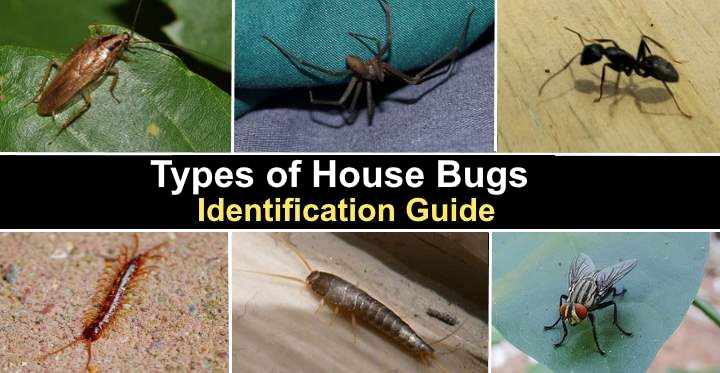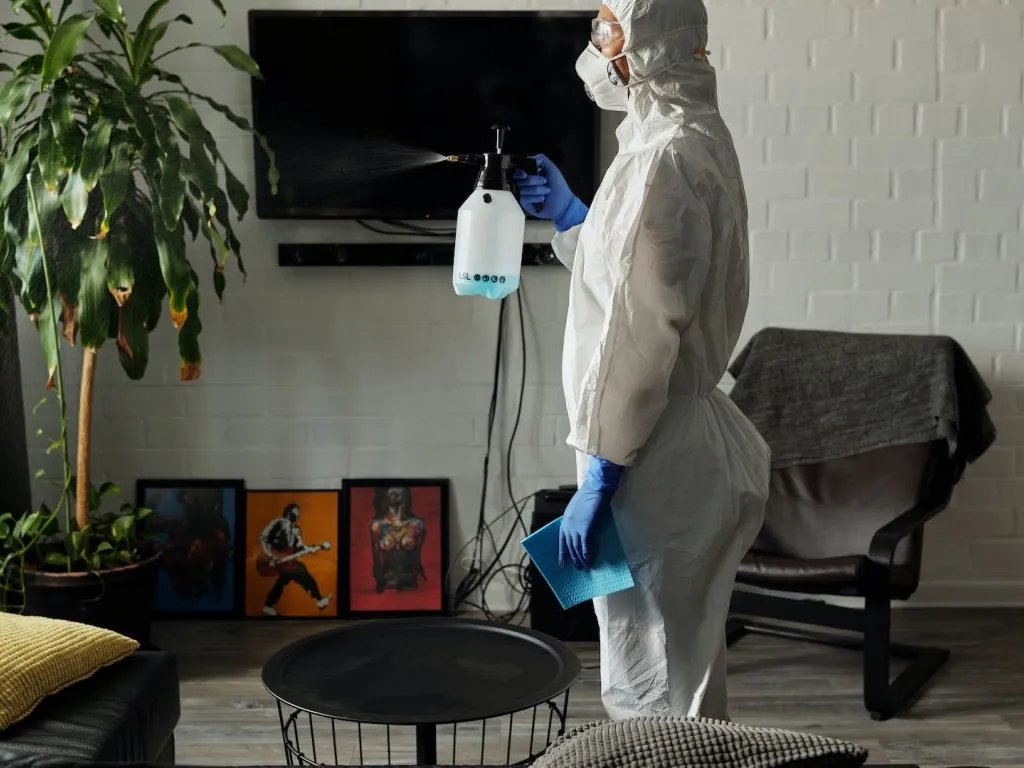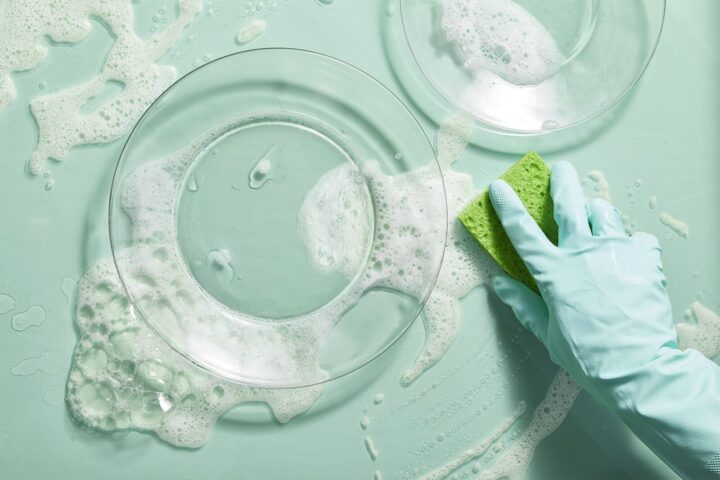Maintaining a Pest-Free Home: Cleaning Habits for a Healthy Living Space

Maintaining a pest-free home is vital for ensuring a healthy living environment.
Pests such as bugs, rodents, and other critters not only damage property but also pose serious health risks.
Through vigilant cleaning practices and smart habits, one can considerably reduce the likelihood of a pest infestation.
This comprehensive guide discusses the importance of identifying pests, adopting preventative measures, and implementing cleaning strategies that foster a pest-free home.
Identifying The Pests

The first step in maintaining a pest-free home is to identify the type of pest you are dealing with.
Pests come in various shapes and sizes, and different pests require different strategies for their elimination.
identifying the type of pest helps in understanding their breeding habits, which is crucial in preventing future infestations.
Finding A Guide To Identify Bed Bugs
Bed bugs are a common household pest that can be particularly difficult to eliminate.
They are small, nocturnal insects that feed on human blood and are often found in mattresses, box springs, and other sleeping areas.
To identify bed bugs, it is advisable to consult a reliable guide from Pests.net. There are numerous guides available online and they provide images and descriptions of bed bugs and other pests. .
Some guides also provide information on different life stages of bed bugs which is important because younger bed bugs, or nymphs, look different from adult ones.
Knowing what bed bugs look like is critical in early detection and prompt action.
Understanding The Signs Of Rodent Infestation
Rodents, including rats and mice, are another common household pest. Knowing the signs of a rodent infestation is essential for timely intervention.
Typical signs include gnaw marks on food packages or structures, droppings, and a distinct, musty odor.
Rodents are known to carry diseases and can cause structural damage by chewing through wires, insulation, and even plumbing.
They breed rapidly, making it imperative to act quickly upon the first signs of an infestation.
Recognizing The Presence Of Cockroaches
Cockroaches are resilient pests that thrive in various environments. Identifying cockroaches is essential as they are known carriers of numerous pathogens.
A cockroach infestation is often indicated by sighting live or dead roaches, finding their droppings which resemble black pepper, or noticing an oily, musty smell.
They typically hide in dark and damp places like under sinks, behind refrigerators, and in cabinets. Prompt action is necessary to prevent them from multiplying and posing significant health risks.
Adopting Preventative Measures

Once you have identified the pests, adopting preventative measures is crucial.
Preventing an infestation is more efficient and less costly than dealing with an existing one.
Sealing Entry Points
To keep pests from entering your home, it is essential to seal any cracks and openings around windows, doors, pipes, and wires.
This can be done using caulk, weatherstripping, or other sealants. For larger openings, consider using steel wool or wire mesh.
Not only does this prevent pests from entering, but it also has the added benefit of increasing energy efficiency by reducing drafts.
Managing Waste Properly
Pests are often attracted to homes due to the availability of food. Managing waste effectively is, therefore, a critical component of pest prevention.
Ensure that all garbage cans are sealed tightly, and avoid leaving food scraps exposed. It’s also essential to take out the trash regularly and ensure that outdoor bins are placed away from the home.
Composting is a beneficial practice but should be done in sealed containers to avoid attracting pests.
Reducing Clutter
Reducing clutter in and around your home can significantly help in preventing pest infestations.
Clutter provides hiding places for pests and can make it difficult to spot signs of an infestation early on.
Ensure that your home is organized, and avoid storing boxes and other items directly on the floor. Regularly check storage areas for signs of pests.
Implementing Cleaning Strategies

Cleaning is an integral part of keeping your home free from pests.
A clean home is less attractive to pests as it offers fewer resources for them to thrive.
Regular Cleaning Schedule
Establishing and adhering to a regular cleaning schedule is fundamental.
This should include sweeping, mopping, and vacuuming, paying close attention to areas where crumbs and debris accumulate.
Furthermore, regularly cleaning cabinets, closets, and other storage areas helps in early detection of any potential pest problems.
Proper Food Storage
Properly storing food is key to preventing pests. Store food in airtight containers and ensure that your refrigerator and pantry are organized and clean.
Regularly check for expired products and dispose of them properly. Additionally, avoid leaving pet food out for extended periods as this can attract pests.
Focused Cleaning Of High-Risk Areas

High-risk areas such as kitchens, bathrooms, and basements require focused cleaning.
These areas are often damp and may have food sources, making them attractive to pests. Ensure that any leaks are promptly fixed, and consider using dehumidifiers in damp areas.
Regularly clean under appliances and furniture, and ensure that counters and sinks are free of crumbs and standing water.
Final Thoughts
Maintaining a pest-free home is an ongoing endeavor that safeguards the health and well-being of residents while preserving the integrity of the property.
This task is accomplished through a systematic combination of identifying pests, taking preventative measures, and adhering to comprehensive cleaning strategies.
Knowledge of different pests and their behaviors empowers homeowners to take targeted actions.
Sealing entry points, managing waste, and reducing clutter are proactive measures that mitigate the risk of infestation.
Concurrently, a consistent cleaning regimen, mindful food storage, and focused attention on high-risk areas curtail the allure of the indoor environment to pests.
These practices cultivate a living space that is not only inhospitable to pests but also conducive to human health and comfort. It is imperative to recognize that a pest-free home is not a one-time achievement but rather a continuous commitment.
Engaging in these practices with diligence and mindfulness will ensure a living space that is free from the nuisances and hazards posed by common pests.
Moreover, a clean and well-maintained home contributes to the mental well-being and quality of life of its inhabitants, making the effort invested in pest prevention profoundly worthwhile.
